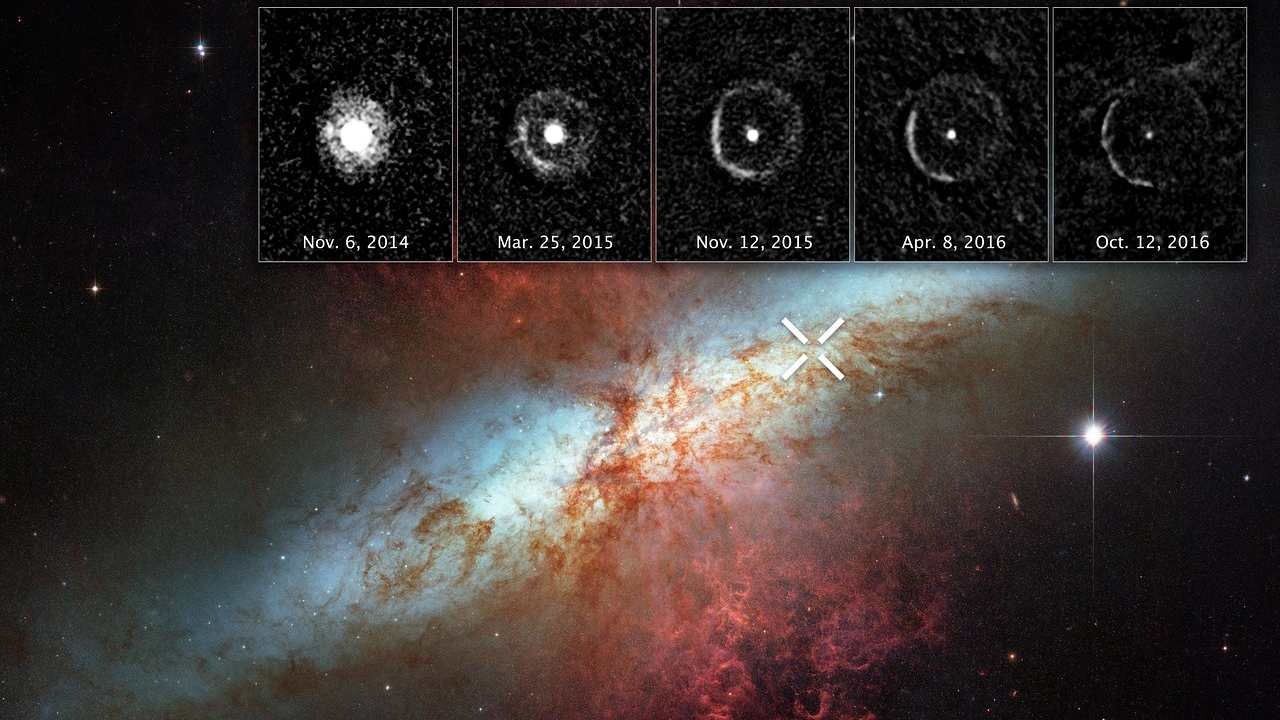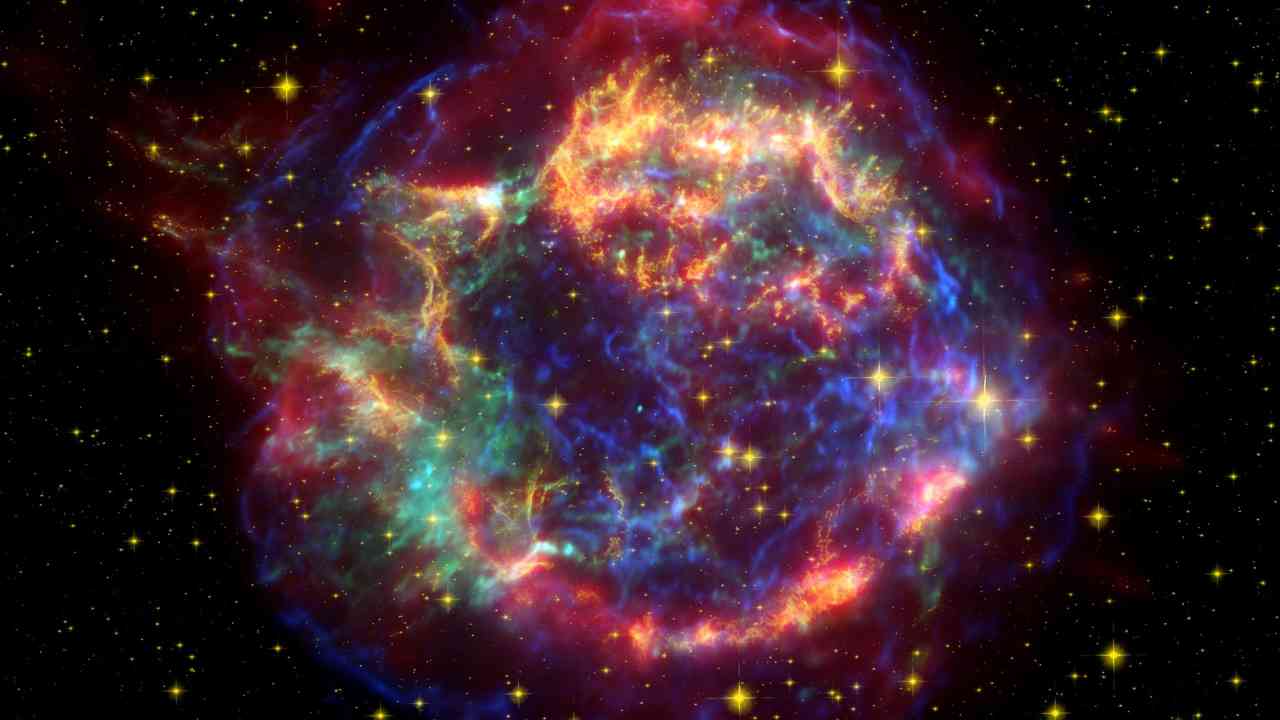In a first, researchers have developed a theory describing how the nuclear reaction behind supernovae — bright and powerful explosion of stars — is triggered. The study,
published in the journal Science, noted that one of the processes triggering the stellar explosions was the formation of a mysterious supersonic reaction wave called detonation. The researchers, including those from the University of Connecticut in the US, said these enigmatic waves travel faster than the speed of sound and are capable of burning up all of the star’s material before dispersing into the vacuum of space. [caption id=“attachment_5386661” align=“alignnone” width=“1280”] A false-colour composite of the Cassiopeia A supernova, with data from Spitzer, Hubble and Chandra telescopes. Image credit: NASA[/caption] As part of the study, the researchers demonstrated the process of detonation formation from a slow flame using both experiments and numerical simulations carried out on some of the largest supercomputers in the US. They applied the results to predict the conditions of detonation formation in one of the classical theoretical scenarios of a type of stellar explosion called a 1a supernova. This type of explosion, the study noted, happened when carbon and oxygen atoms are packed densely into around 1,000 tons per cubic centimetre in a star’s core, and start burning to high temperatures in rapid nuclear reactions. According to the researchers, the resulting explosion disrupts a star in a matter of seconds which ejects most of its mass while releasing a quantity of energy equal to what the star emits over its entire lifetime. For the detonation process to occur, it must be confined within a wall like setting with obstacles, or boundaries, confining the pressure waves released from the burning, the study noted. With increasing pressure, the researchers said, shock waves form and grow in strength to the point when they can compress the reacting mixture igniting it, and produce a self-sustaining supersonic boundary. [caption id=“attachment_7602301” align=“alignnone” width=“1280”]
 The supernova, called SN 2014J, occurred at the upper right of Messier 82, and is marked by an “X.” The inset images at the top reveal an expanding shell of light from the stellar explosion sweeping through interstellar space, called a “light echo.” The images were taken over 10 months to nearly two years after the violent event. Image credit: NASA[/caption] Stars do not have walls, making the formation of a detonation very enigmatic, the study noted. The researchers developed a unified theory of turbulence-induced detonation which describes the mechanism and conditions for initiating the enigmatic process in thermonuclear explosions. A reactive mixture, which burns and releases energy, when stirred up to create intense turbulence, builds up a catastrophic instability and may rapidly increase the pressure in the system. This produces strong shocks that ignite a detonation, they said. According to the researchers, thermonuclear combustion waves are similar to chemical combustion waves on Earth since they are both controlled by the same physical mechanisms. This helped them use their findings to predict the conditions for detonation formation in Type 1a supernovae, they said. The findings, according to the researchers, may also be applied to Earth-based combustion systems in which detonations can occur such as in industrial accidents involving gaseous explosions, as well as novel propulsion and energy conversion applications like detonation-based engines.
The supernova, called SN 2014J, occurred at the upper right of Messier 82, and is marked by an “X.” The inset images at the top reveal an expanding shell of light from the stellar explosion sweeping through interstellar space, called a “light echo.” The images were taken over 10 months to nearly two years after the violent event. Image credit: NASA[/caption] Stars do not have walls, making the formation of a detonation very enigmatic, the study noted. The researchers developed a unified theory of turbulence-induced detonation which describes the mechanism and conditions for initiating the enigmatic process in thermonuclear explosions. A reactive mixture, which burns and releases energy, when stirred up to create intense turbulence, builds up a catastrophic instability and may rapidly increase the pressure in the system. This produces strong shocks that ignite a detonation, they said. According to the researchers, thermonuclear combustion waves are similar to chemical combustion waves on Earth since they are both controlled by the same physical mechanisms. This helped them use their findings to predict the conditions for detonation formation in Type 1a supernovae, they said. The findings, according to the researchers, may also be applied to Earth-based combustion systems in which detonations can occur such as in industrial accidents involving gaseous explosions, as well as novel propulsion and energy conversion applications like detonation-based engines.
During the star’s explosion, it releases the same amount of energy it would release over its entire lifetime.
Advertisement
End of Article


)
)
)
)
)
)
)
)
)



